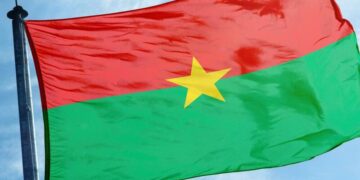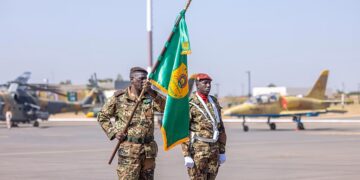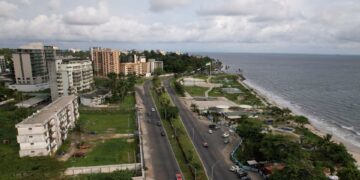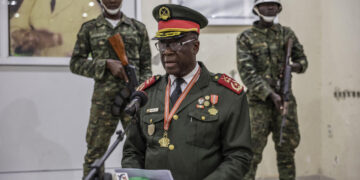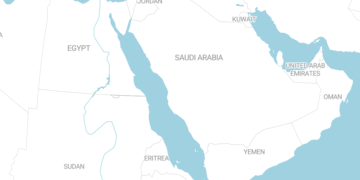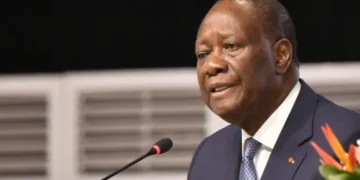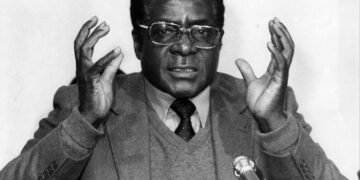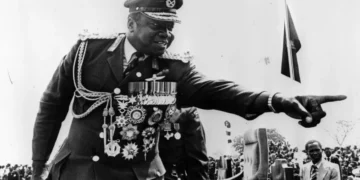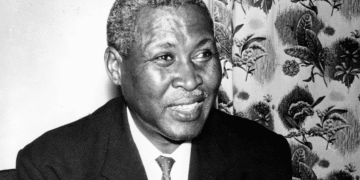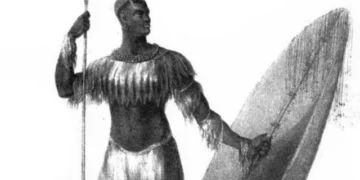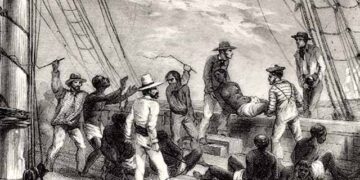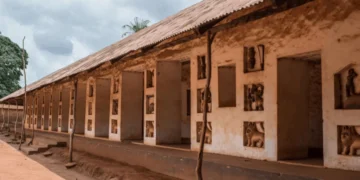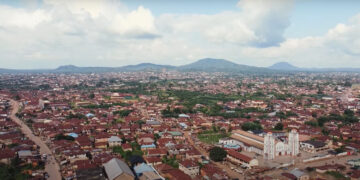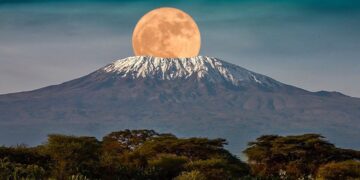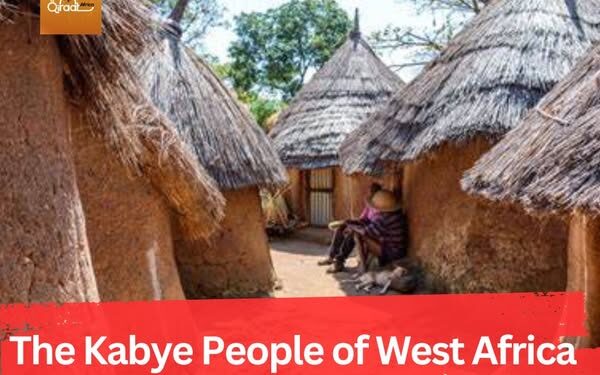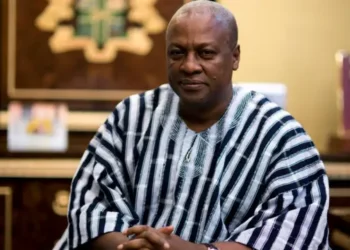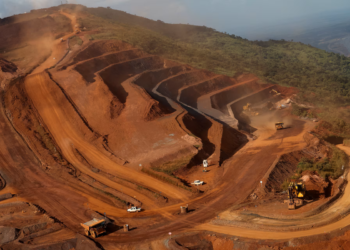The Kabiye, also known as Kabye, Kabre, or Cabrai’, are a people living in the north central mountains and northern plains of Togo. The Kabye people also inhabit northeastern Benin, near the Togolese border. Benin’s Logba or Lugba people are closely linked to Kabye. The Kabiye people, broadly defined with subcategories, are Togo’s second biggest ethnic group after the Ewe people, and they control the country’s administration and military.
The Kabiye people speak the Kabiye language, also known as Kabre, Kabye, Kabure, or Kabrais, a Gur (Voltaic) language of the larger Niger-Congo language family. According to Africa 101 Last Tribes, the number of native Kabre speakers is estimated at 730,000, with around 700,000 in Togo, 30,000 in Benin, and a tiny number in Ghana.
According to mythology, the first Kabiye dropped directly from heaven in the village of Lama Dessi. The particular location is named EYU nahori, which translates to “the foot of man”. Today, there is a holy forest that has become a pilgrimage site for Kabiye. They worship the footsteps of their first ancestor, Awu, whom Eso, God, brought down from heaven.
Population growth in the hilly region of northern Togo, where Kabre dwell now, happened throughout the 17th and 18th centuries in reaction to the northern kingdoms’ slave raiding traditions of Mamprussi, Dagomba, Mossi, Gonja, and Bariba. To escape these military nations, people migrated southward into the mountainous terrain, which was more difficult to invade. According to Piot, “the Kabre people probably migrated into this region during the period of the Atlantic Slave Trade, 1700-1850.” During that period, villages were frequently invaded for slaves, so many people fled to the highlands, where they could be better defended.
The Kabye are a patrilineal society that has been primarily devoted to subsistence farming. They grow cotton, millet and yams. They live in small villages of raw clay buildings and manufacture tools and pottery for the community itself.
The Kabye houses consist of walls of raw clay, with thatched roofs supported by wooden sticks. Sometimes the clay is mixed with bovine dung to increase its compactness, while recently they tend to use also some concrete for a few parts of the house.
Evala is a form of traditional wrestling practised mainly by the Kabyé of northern Togo, in West Africa. Competitors meet yearly at a festival following a retreat marking the initiation of young men into adulthood.
The Kabye area has had considerable infrastructural improvements thanks to the country’s previous president, Gnassingbé Eyadema, who was of Kabye descent. During Eyadéma’s 38-year rule, the Kabre ethnic group gained influence as an advantaged minority. The opposition, led mostly by Ewes, has been their most serious challenge to authority.
ـــــــــــــــــــــــــــ
- https://www.101lasttribes.com/tribes/kabye.html
- https://en.wikipedia.org/wiki/Kabye_people
- https://languagexs.com/discovering-the-kabye-people-togo-culture/
Thomas Keller / Northern Togo Statuary


